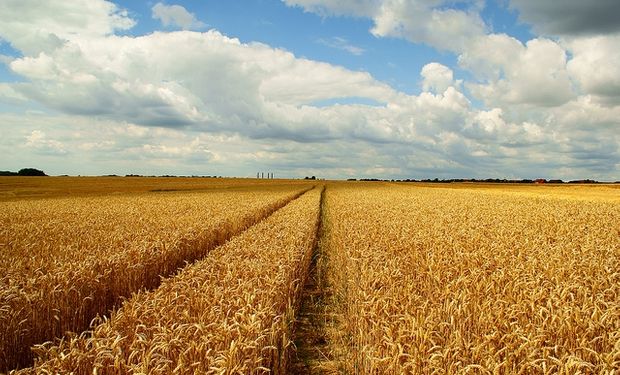
By Agroempresario.com
When it comes to agriculture, Argentina and Australia are both giants on the global stage. Their vast landscapes and rich histories of farming and livestock management have shaped the livelihoods of countless families and communities. However, beneath these similarities lie profound differences, molded by unique geographical, climatic, and cultural contexts. This article explores the fascinating contrasts and convergences in the agricultural practices and mindsets of these two nations.

Argentina and Australia share several key similarities that underscore their status as leading agricultural nations:
1. Large scale operations:
- Both countries boast extensive farming operations, with vast tracts of land dedicated to crops and livestock.
2. Export-oriented production:
- Their agricultural sectors are heavily export-driven. Argentina is renowned for its beef and soybeans, while Australia excels in beef, wheat, and wool production.
3. Technological adoption:
- Both nations have embraced modern farming technologies, including precision agriculture, genetically modified crops, and advanced livestock management practices.
4. Climate challenges:
- Each country grapples with the impacts of climate change, from droughts to extreme weather events, which significantly affect agricultural productivity.
5. Government support:
- Both governments provide substantial support to their agricultural sectors through subsidies, research funding, and infrastructure development.

Despite these similarities, Argentina and Australia differ markedly in their agricultural practices, driven by their distinct climates and geographies:
1. Climate and geography:
- Argentina: Predominantly temperate with fertile plains (Pampas) ideal for crop production and cattle ranching. The country also features diverse climates, from subtropical in the north to subpolar in the south.
- Australia: Characterized by a more arid and variable climate, with much of the land being semi-arid or desert. Agricultural activities are concentrated in the temperate regions of the southeast and southwest.
2. Primary crops and livestock:
- Argentina: Major crops include soybeans, corn, and wheat. The country is famous for its high-quality beef, primarily raised on natural pastures.
- Australia: Major crops include wheat, barley, canola, and pulses. Australia is a leading producer of wool and has significant beef and dairy cattle industries.
3. Farming practices:
- Argentina: Widely adopts no-till farming to conserve soil moisture and improve soil health.
- Australia: Employs water-efficient practices such as irrigation and drought-resistant crop varieties. Rotational grazing is common to manage pasture health.
4. Land ownership and use:
- Argentina: Features a mix of small to medium-sized family farms and large agribusiness operations.
- Australia: Dominated by large, family-owned farms, often spanning thousands of hectares.
5. Livestock management:
- Argentina: Cattle are often raised on natural pastures, contributing to the unique flavor of Argentine beef. Feedlots are used but are less common.
- Australia: Combines extensive grazing on large pastoral leases with more intensive operations like feedlots for cattle finishing.

The cultural mindset regarding farming and livestock management in Argentina and Australia reveals deep-seated differences rooted in their histories and social values:
1. Traditional practices and heritage (Argentina):
- Farming and cattle ranching are integral to Argentine culture, with the "gaucho" symbolizing independence and a connection to the land. Family farms play a crucial role, with a strong sense of community and tradition.
2. Resilience and adaptation (Argentina):
- Argentine farmers are known for their resilience amidst economic instability and political changes, developing adaptive strategies to navigate challenges.
3. Commercial and business-oriented approach (Australia):
- Australian farmers often adopt a business-oriented mindset, focusing on efficiency and profitability, with a strong emphasis on export markets.
4. Environmental stewardship (Australia):
- There is a significant emphasis on sustainable practices and environmental stewardship, driven by the country’s challenging climatic conditions.
5. Innovation and technology (Australia):
- Australian farmers are proactive in embracing new technologies and innovations, with a focus on research and development.
6. Independence and s self-reliance (Australia):
- The vast and remote nature of Australian farms fosters a culture of independence and self-reliance, with farmers adept at solving problems independently.

Argentina and Australia stand as pillars of agricultural excellence, each with its own distinct approach shaped by unique geographical, climatic, and cultural factors. While Argentina leans on tradition and community, Australia pushes forward with innovation and environmental consciousness. Together, they offer valuable insights into the diverse ways agriculture can adapt and thrive in the 21st century.
